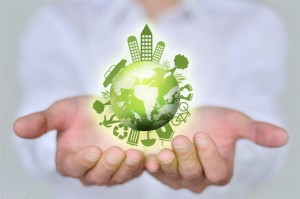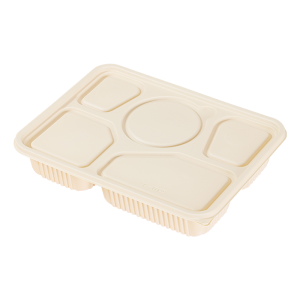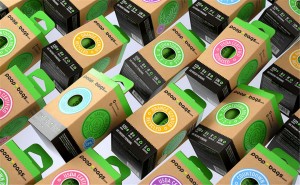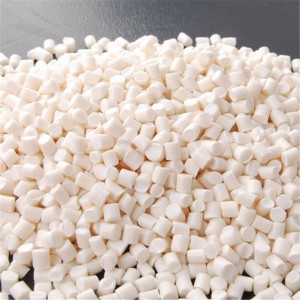“Degradable plastic” is an important solution to control plastic pollution.
The use of non-degradable plastics is prohibited. What can be used? How to reduce plastic pollution? Let the plastic degrade? Make it an environmentally friendly substance. But, can biodegradable plastics really reduce plastic pollution? If some additives are added to the plastic to make it degradable, and it is still based on the plastic, is it really pollution-free to the environment? Many people are skeptical. Some people even think that this is just a new round of industry carnival. Therefore, there are many degradable plastics with uneven quality and cost on the market. Is this a good thing or a bad thing? Will it bring new environmental pressure?
First, let’s popularize degradable plastics. Degradable plastics are divided into biodegradable plastics, thermal oxidative degradation plastics, photodegradable plastics and compostable plastics. They are all “degradable”, but the cost of thermally oxidatively degradable plastics and photodegradable plastics is several times different from that of biodegradable plastics and compostable plastics. Oxygen-degradable plastics and light-degradable plastics are said to “disappear” from the earth only after being exposed to heat or light for a period of time. But it is this low-cost and “easy to disappear” material that is called the “PM2.5 of the plastics industry.” Because these two degradation technologies can only degrade plastics into invisible tiny particles, but cannot make them disappear. These particles are invisible in the air, soil and water due to their tiny and light characteristics. Z is eventually inhaled by organisms.
As early as June 2019, Europe banned the use of disposable products made of thermally oxidatively degradable plastics, and Australia will phase out such plastics in 2022.
In China where the “degradation fever” has just emerged, “pseudo-degradable plastics” like this still attract a large number of buyers who want to buy “degradable plastic bags” at low cost but don’t know the mystery. The “Plastic Restriction Order” issued in 2020 prohibits the use of “non-degradable plastic bags” and does not specify which degradable plastic bags should be used. Due to the high cost of biodegradable plastics, thermal oxidative degradation plastics, photodegradable plastics, or bio-based hybrid plastics are also good choices for areas that do not require the use of fully biodegradable plastics. Although this plastic cannot be completely degraded, at least a part of PE is missing.
However, in a chaotic market, it is often difficult for consumers to identify the category of degradable plastics. In fact, most businesses do not know the difference between fully degradable plastics and thermally oxidatively degradable plastics, light-degradable plastics and bio-based hybrid plastics. They often choose the relatively cheap latter, thinking that it is fully degradable. This is why many customers will say: “Why is your unit price several times more expensive than others? As a manufacturer, it is not possible to mislead consumers by labeling samples with ‘degradable’ on such products.
The ideal degradable plastic should be a “fully biodegradable material.” Currently, the most widely used biodegradable material is polylactic acid (PLA), which is made of biomaterials such as starch and corn. Through processes such as soil burial, composting, freshwater degradation, and ocean degradation, this material can be completely degraded into water and carbon dioxide by microorganisms without causing additional burden to the environment.
In cities where the “plastic ban” has been implemented, we can see biodegradable plastic bags that meet the new G standard. At the bottom of it, you can see the signs of “PBAT+PLA” and “jj” or “bean sprouts”. At present, only this kind of biodegradable material that meets the standard is an ideal degradable material that has no impact on the environment.
Dingli Packaging opens a green packaging journey for you!
Post time: Jan-07-2022








